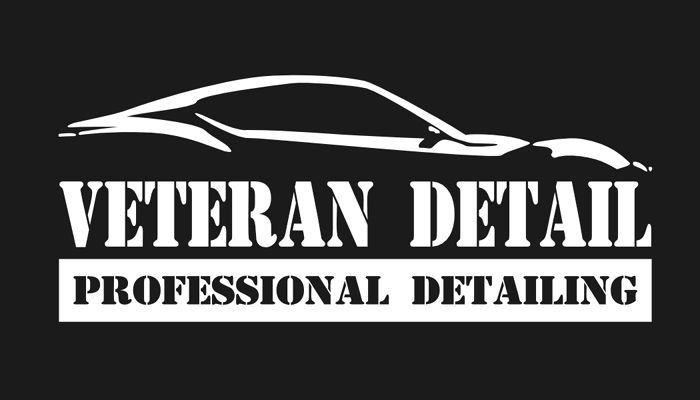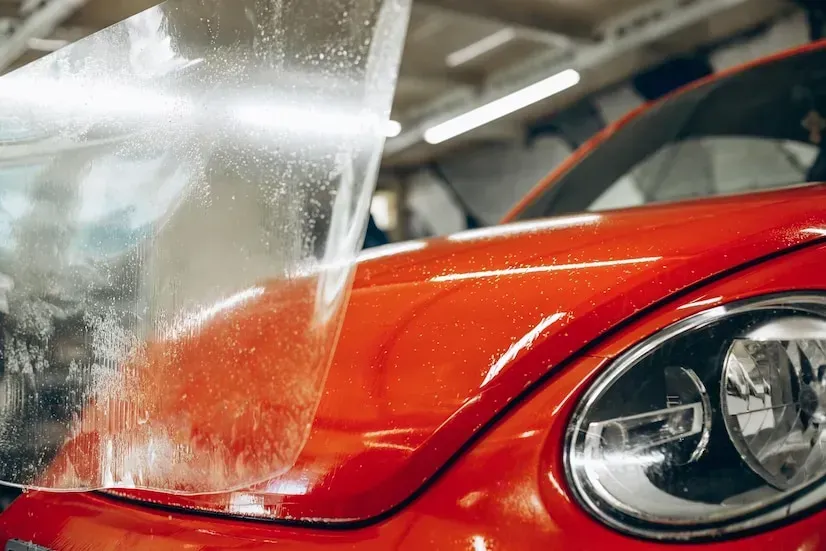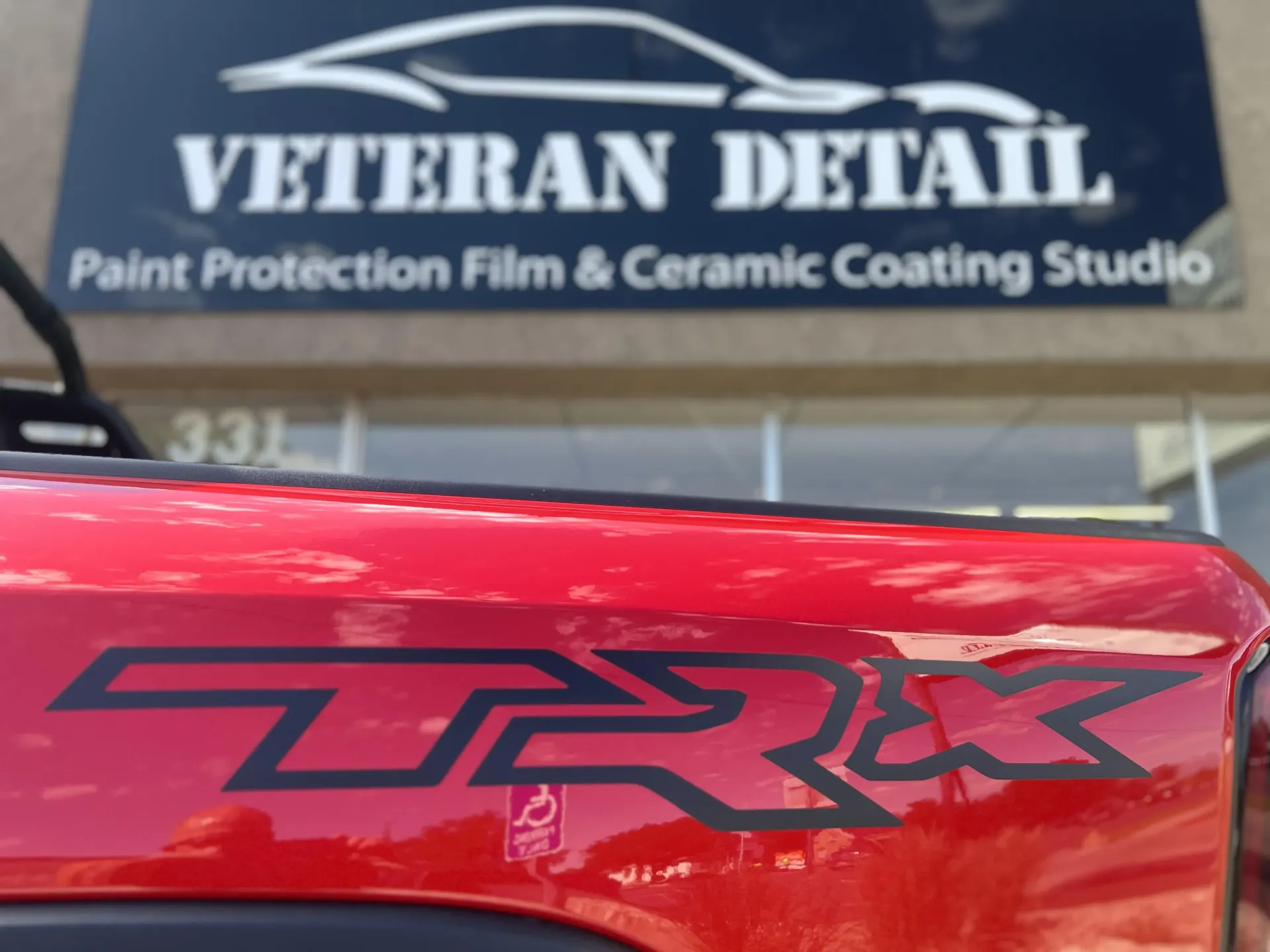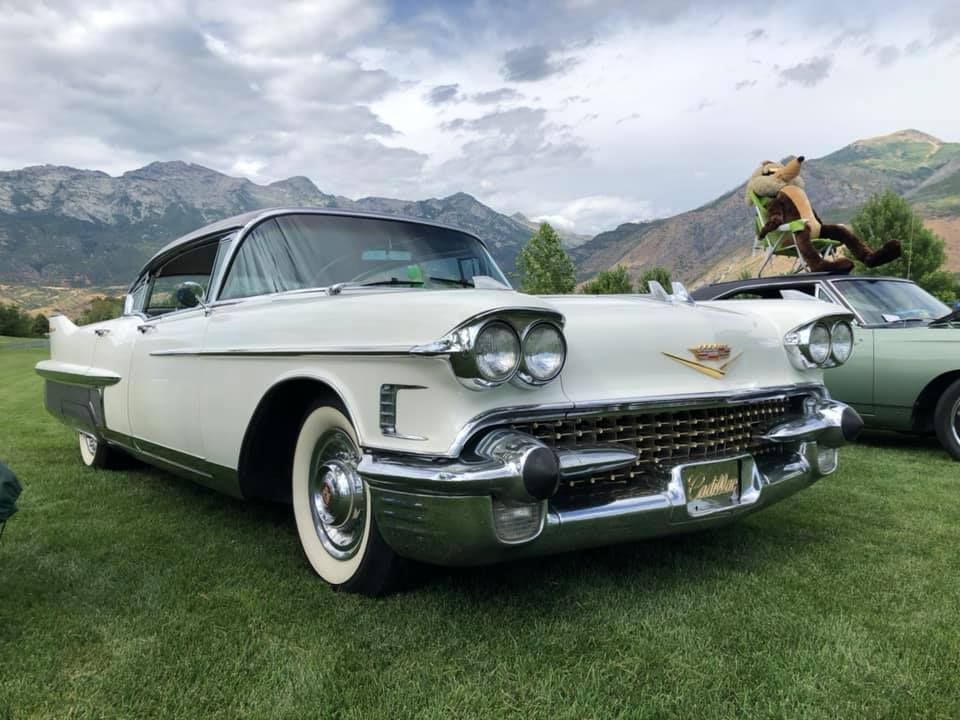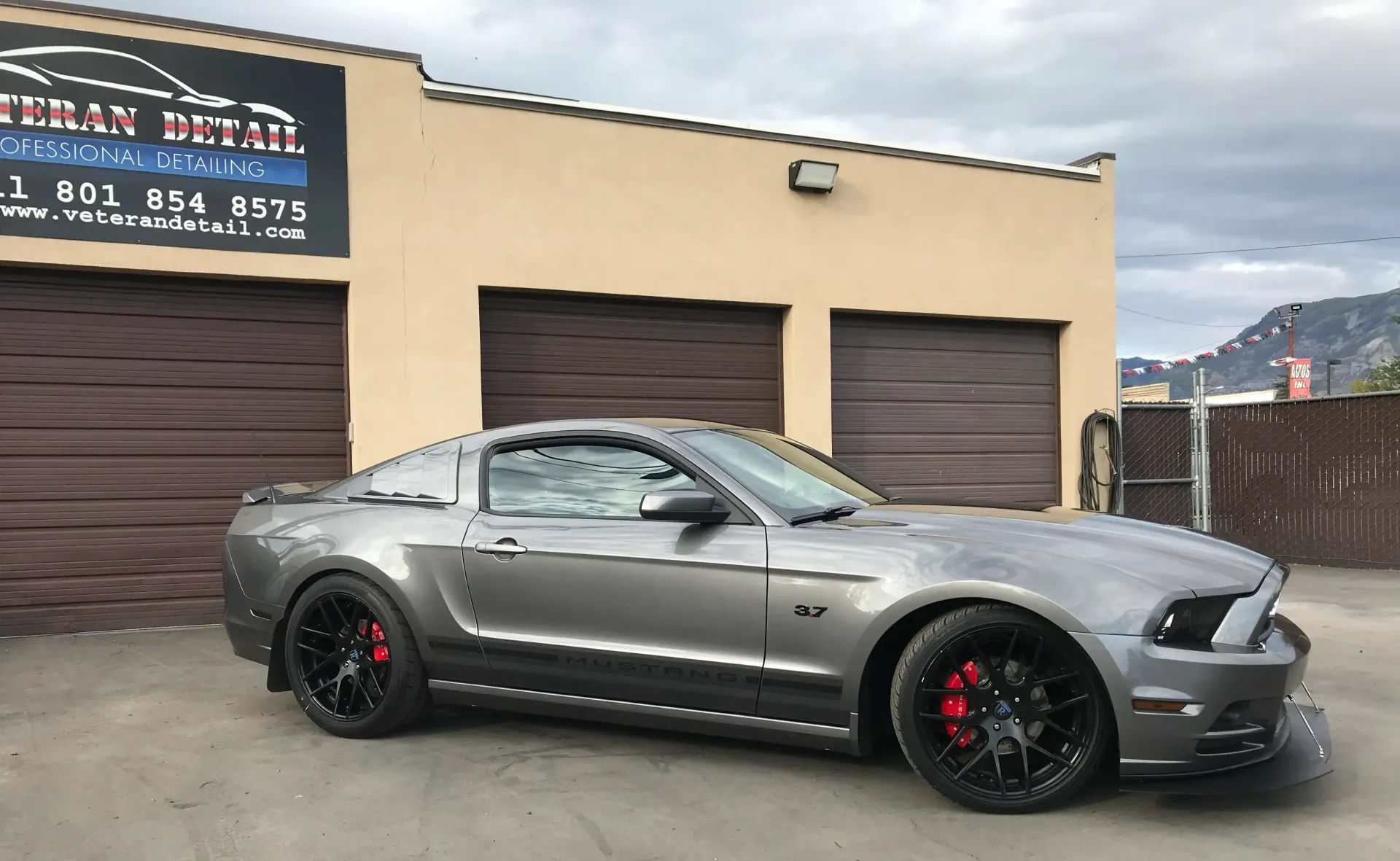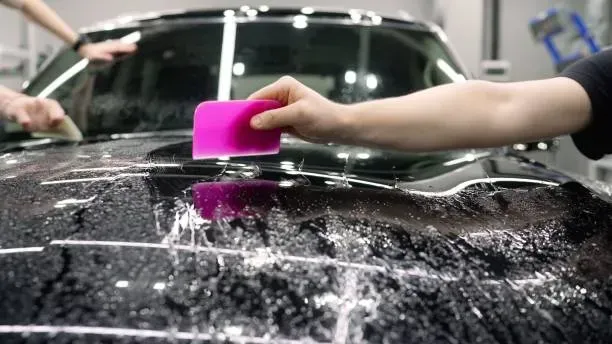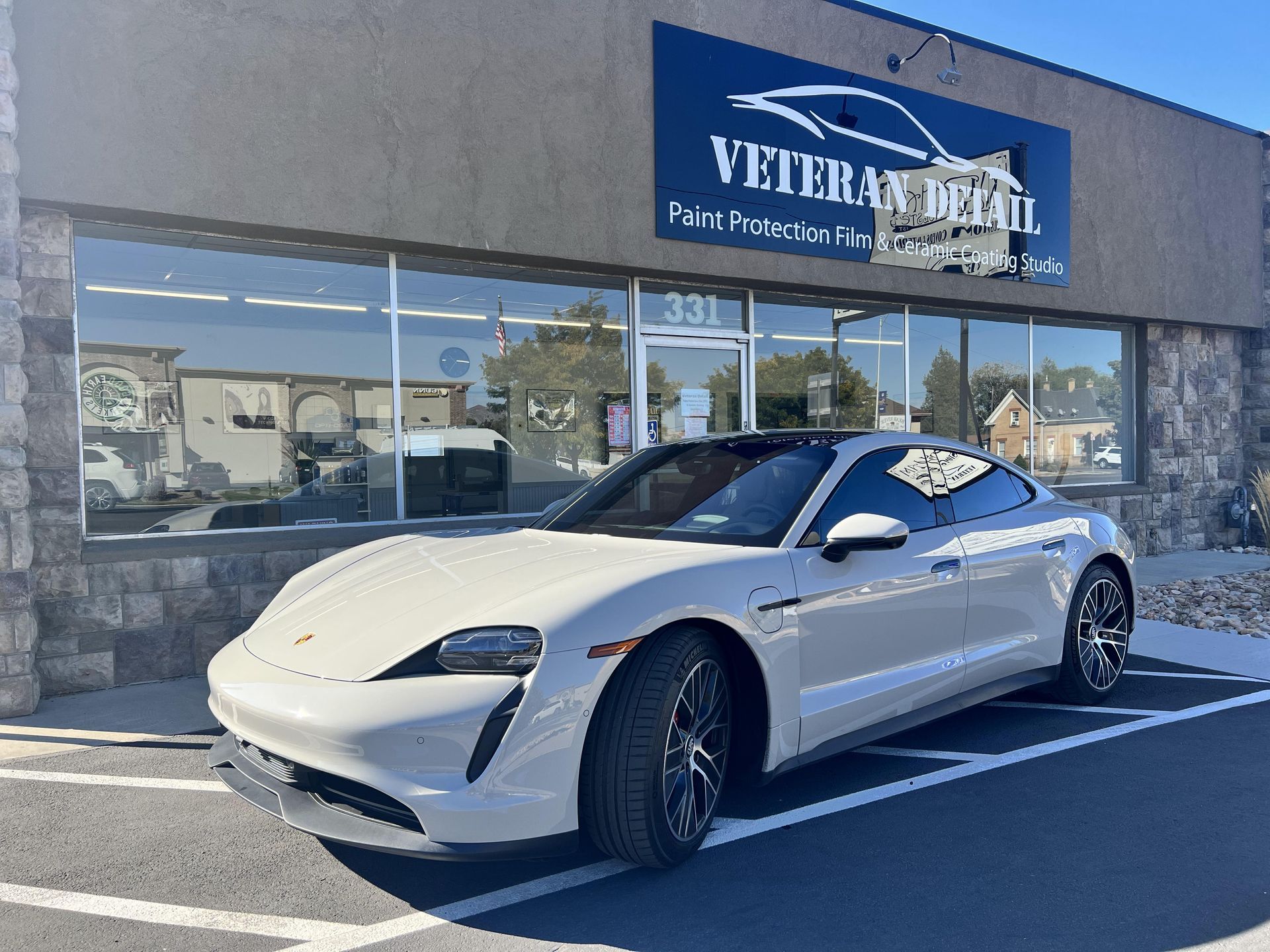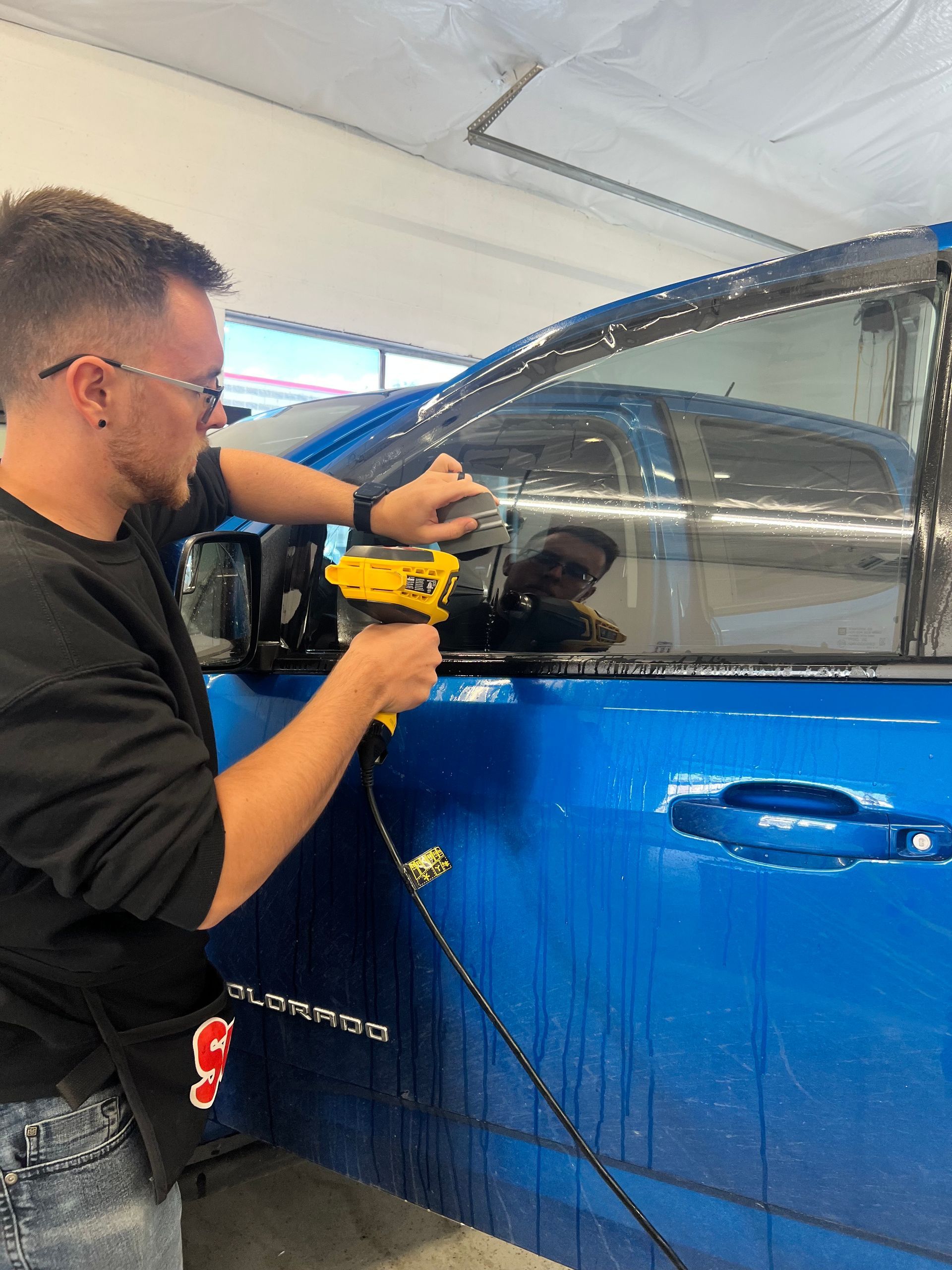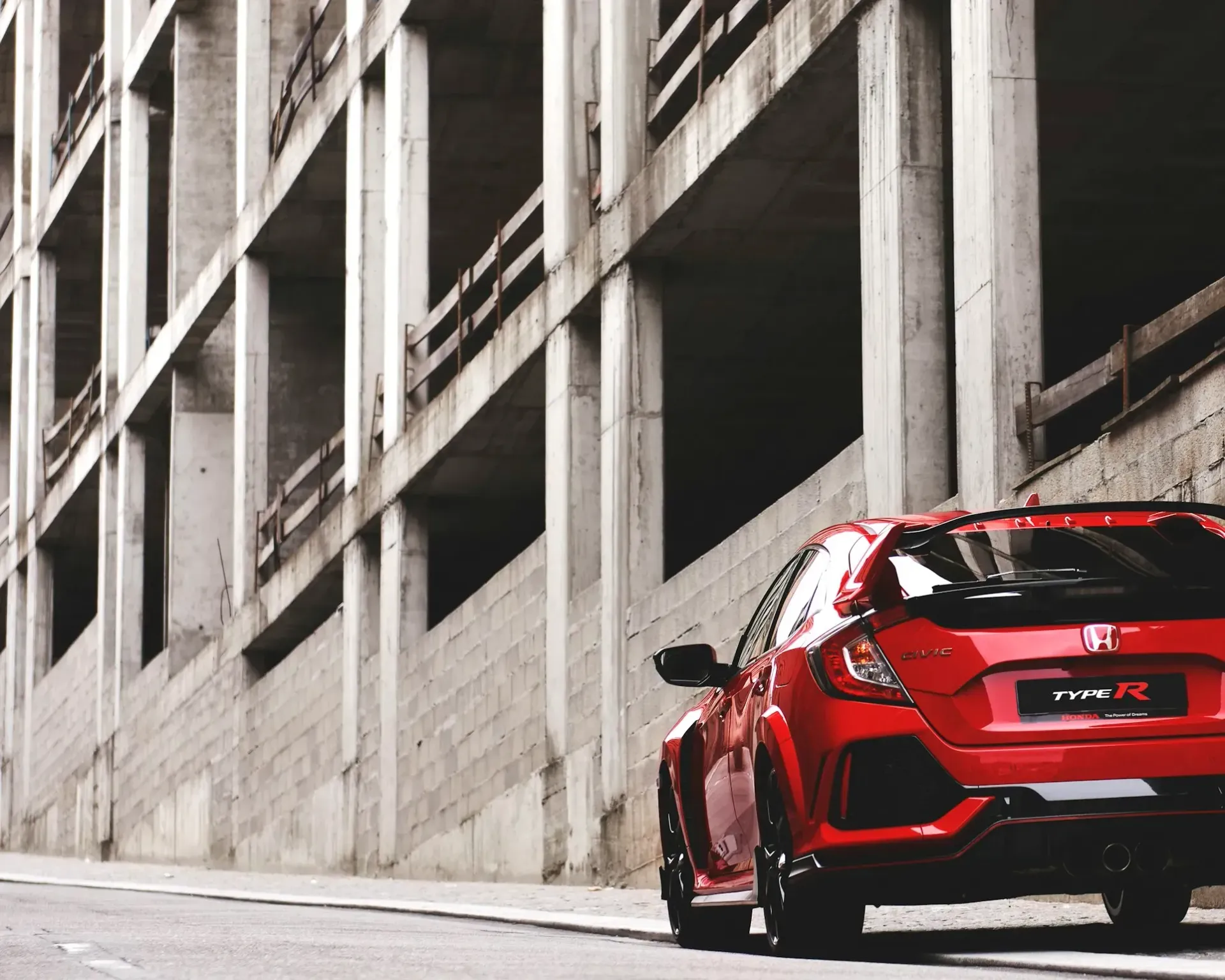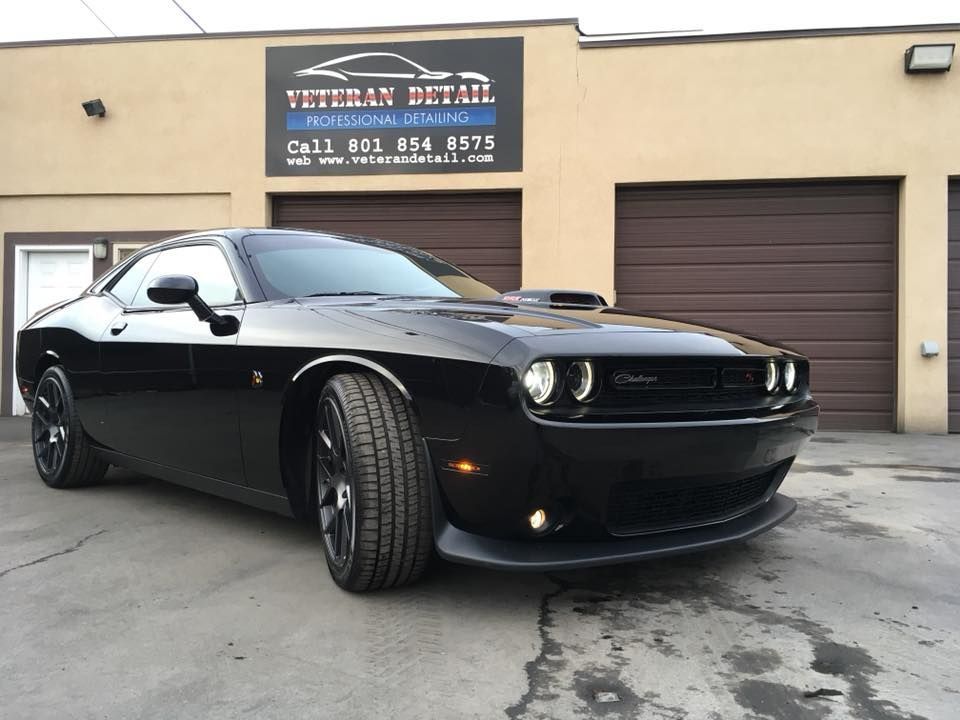
How Window Tinting Protects Your Car’s Interior and Boosts Comfort
Stepping into your car on a hot day can feel like walking into an oven. The seats burn, the air feels thick, and your dashboard might even start to crack or fade over time. It’s frustrating, right?
That’s where window tinting comes in. It’s not just about looks—it helps keep your car cool, blocks harmful UV rays, and protects your privacy. Plus, it keeps your car’s interior in great shape, saving you money in the long run.
In this blog, we’ll show you how window tinting makes driving more comfortable and why it’s a smart choice for every car owner.
How UV Rays Damage Your Car’s Interior
You’ve probably heard how the sun’s UV rays are bad for your skin, but they’re just as harmful to your car’s interior. Over time, UV exposure can cause your seats, dashboard, and even your steering wheel to fade, crack, or peel. Leather seats dry out, fabric weakens, and plastic trims start to look worn and brittle.
The damage isn’t just about looks—it can also lower your car’s resale value. A cracked dashboard or faded upholstery makes your car seem older than it is, which isn’t great if you ever plan to sell it.
Window tinting acts like sunscreen for your car. High-quality tint blocks up to 99% of harmful UV rays, keeping your interior materials safe and looking new for longer. It’s a simple step that can save you from expensive repairs or replacements down the line.
How Window Tinting Prevents Heat Build-Up
Ever opened your car door on a sunny day and felt a wave of heat hit you? That’s because your car’s windows let sunlight and heat pour in, turning your vehicle into a greenhouse. It’s not just uncomfortable—it can also damage your car’s interior over time.
Window tinting reduces heat build-up by blocking a large amount of solar energy. High-quality tints can reject up to 60% of heat, keeping your car’s cabin noticeably cooler. This means you won’t need to blast the air conditioning as much, which helps save on fuel and makes driving more comfortable.
Not only does a cooler interior feel better, but it also protects temperature-sensitive materials inside your car. Less heat means less wear and tear on your dashboard, seats, and electronics.
With window tinting, you don’t have to dread stepping into a sweltering car. It’s a simple upgrade that makes a big difference in your daily drive.
Why Privacy Matters: More Than Just Aesthetic Appeal
Have you ever felt uncomfortable knowing strangers can easily see inside your car? Whether you’re parked or stuck in traffic, it’s not a great feeling. That’s where window tinting comes in—it’s not just about style; it’s about protecting your privacy and peace of mind.
Tinted windows make it harder for people to peek inside your car. This is especially helpful if you leave valuables like a laptop, purse, or shopping bags in plain view. By reducing visibility from the outside, window tinting acts as a deterrent to potential thieves.
Privacy isn’t just about security, though. It also makes driving feel more relaxed. With tinted windows, you don’t have to worry about prying eyes, whether you’re waiting at a stoplight or stuck in traffic. Plus, it gives your car a sleeker, more polished look.
Window tinting combines function with style, making it one of the easiest ways to boost your car’s security and your personal comfort.
What to Look for in Window Tinting
Not all window tints are created equal, so choosing the right one for your car is important. The best window tint balances UV protection, heat rejection, and visibility while staying within legal limits.
Here are a few key factors to consider:
- UV Protection Level: Look for tints that block at least 99% of harmful UV rays. This ensures your car’s interior stays protected and reduces health risks for you and your passengers.
- Heat Rejection: Check how much heat the tint can block. Some premium tints can reject up to 60% of solar energy, making your car cooler and more fuel-efficient.
- Visible Light Transmission (VLT): This measures how much light passes through the tint. Choose a VLT percentage that suits your needs while complying with local tinting laws.
- Durability: High-quality tints are scratch-resistant and won’t bubble or peel over time. Always go for brands that are known for their long-lasting performance.
Lastly, professional installation is key. DIY kits might be cheaper, but poor application can lead to bubbling, uneven coverage, or even fines if the tint doesn’t meet legal standards. With a professional installer, you’ll get a clean, flawless finish that lasts for years.
Protect Your Car with Veteran Detail
Ready to enhance your car’s comfort, style, and protection? Veteran Detail offers expert window tinting, paint protection film, ceramic coating, classic car detailing, and more in Utah County, including American Fork, Pleasant Grove, Orem, Provo, Alpine, Highland, Lehi, and Saratoga Springs.
Trust the professionals to give your car the care it deserves. Contact Veteran Detail today and experience the difference!
The Cost of Not Tinting Your Windows
Skipping window tinting might seem like a way to save money, but it could cost you more in the long run. Without tint, your car’s interior faces constant exposure to UV rays and heat, leading to gradual wear and tear.
Here’s how skipping tinting can impact your wallet:
- Interior Repairs: Fading upholstery, cracked dashboards, and peeling trims aren’t just unsightly—they’re expensive to fix. Replacing a cracked dashboard or reupholstering seats can cost hundreds, if not thousands, of dollars.
- Reduced Resale Value: A worn-out interior makes your car less appealing to buyers and lowers its resale value. A well-maintained interior, protected by tint, helps your car retain its value.
- Increased Fuel Costs: Without tint, your car heats up faster, making you rely more on air conditioning. This leads to higher fuel consumption, especially during hot months.
- Personal Comfort: Beyond the financial impact, driving a hot, uncomfortable car takes a toll on your daily experience. Tinting helps you stay cool and stress-free.
Investing in window tinting is a small upfront cost compared to the long-term savings and benefits it provides. It protects your car, keeps it looking great, and saves you from avoidable expenses down the road.
Why Professional Installation is Key
While DIY tinting kits might seem tempting, professional installation makes all the difference when it comes to quality, durability, and compliance with local laws. Here’s why you should always trust the experts:
- Flawless Application: Professionals ensure a smooth, bubble-free finish. DIY kits often lead to uneven coverage or peeling over time, which can ruin your car’s appearance.
- Quality Materials: Certified installers use high-grade tinting films that last longer, block more UV rays, and reject more heat compared to generic or cheaper materials.
- Compliance with Laws: Tinting laws vary by state, and professionals are familiar with local regulations. They’ll help you choose the right level of tint to avoid fines or needing to remove non-compliant film.
- Long-Term Durability: Professionally installed tint resists scratches, fading, and peeling. Many installers even offer warranties for their work, giving you peace of mind.
When you choose a professional like Veteran Detail, you’re investing in high-quality results that enhance your car’s comfort, protection, and style for years to come.
Protect Your Car Today
Don’t wait until the sun takes a toll on your car’s interior or the heat becomes unbearable. Window tinting is a smart, cost-effective way to enhance your car’s comfort, protect your investment, and enjoy a more private driving experience.
If you’re ready to upgrade your ride, trust the experts at Veteran Detail.
Serving Utah County and nearby cities like American Fork, Pleasant Grove, Orem, Provo, Alpine, Highland, Lehi, and Saratoga Springs, we specialize in window tinting, paint protection film, ceramic coating, and classic car detailing.
Schedule your appointment today and let us help you protect and perfect your car!
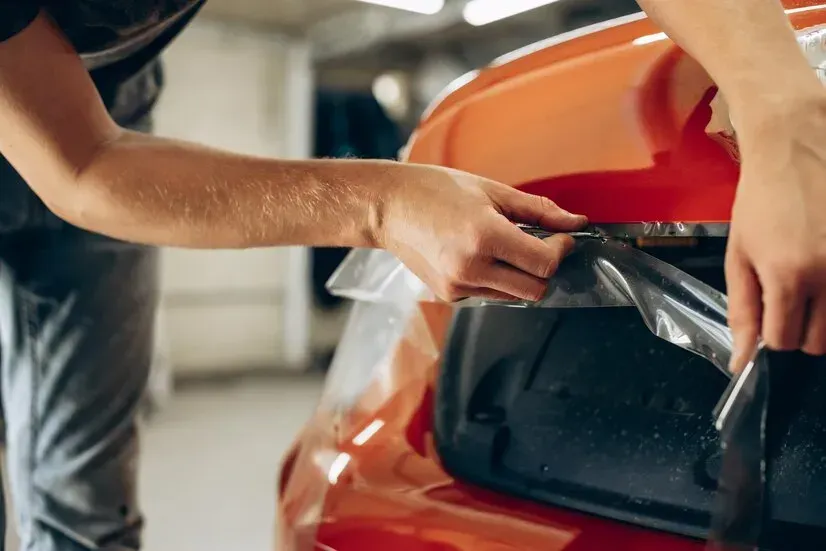
WHAT OUR CUSTOMERS HAVE TO SAY.
At
Veteran Detail we pride ourselves on providing outstanding Customer Service, and our ability to put right every little detail.
IS YOUR VEHICLE IN NEED OF SOME ATTENTION?
Book your next Detailing Requirements with
Veteran Detail. We are sure you will not be disappointed.
We have Packages to suit all your requirements Large or Small.
CALL 801–854–8575 TODAY
Contact Us
We will get back to you as soon as possible
Please try again later
331 W Main Street,
American Fork,
Utah
TEL:
801 – 854 – 8575
FAX: 801 – 756 – 6805
Timings
Detail/Shop Hours
- Mon - Fri
- -
- Saturday
- -
- Sunday
- Closed
Quick Menu
